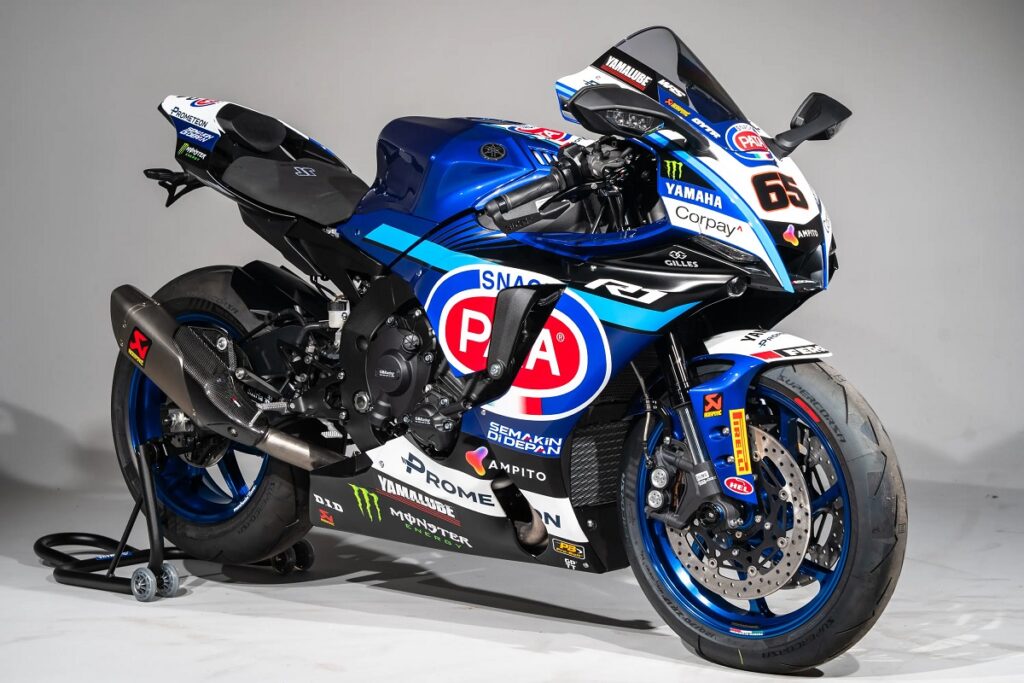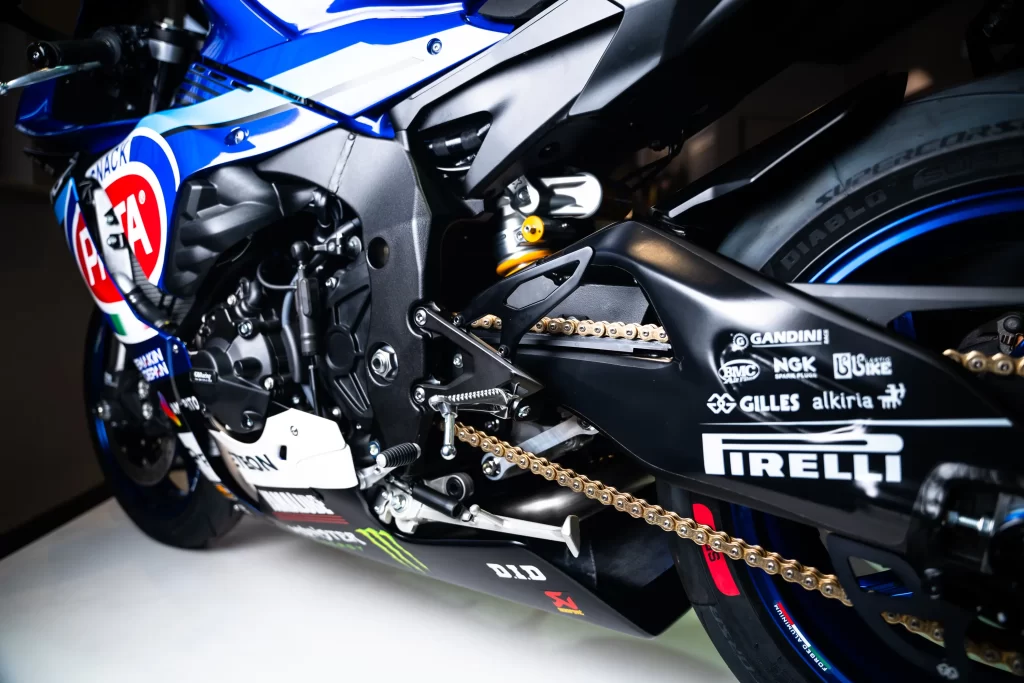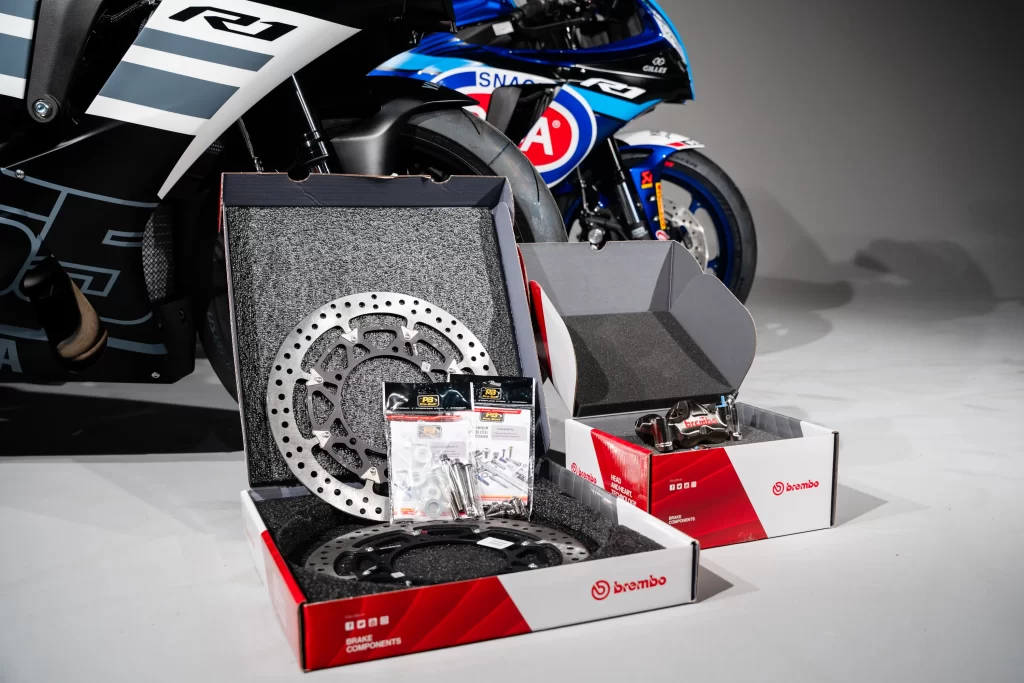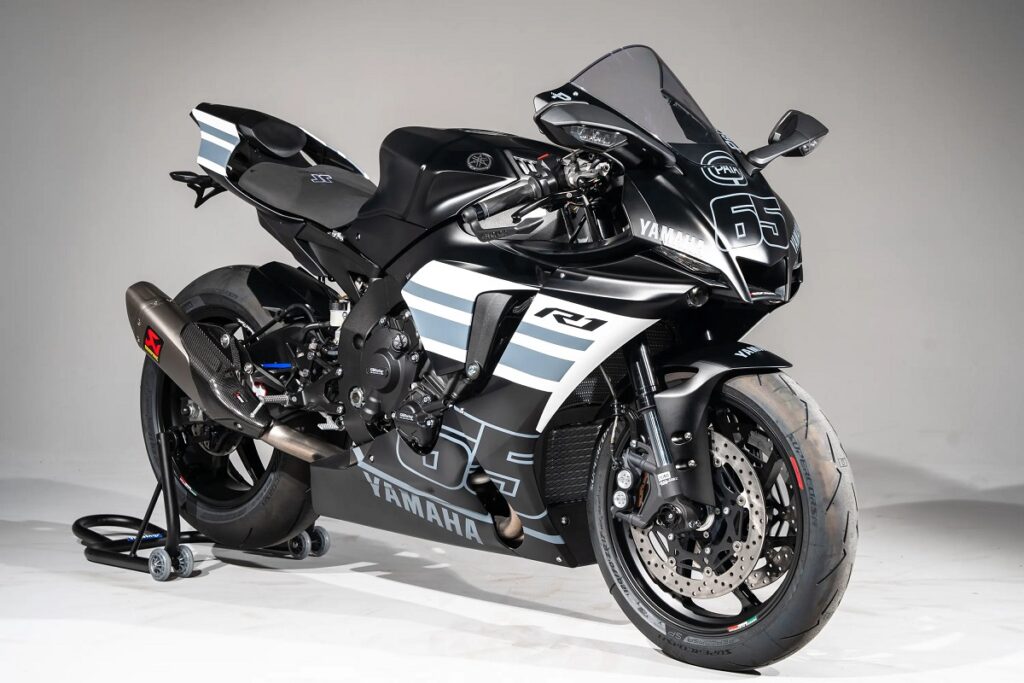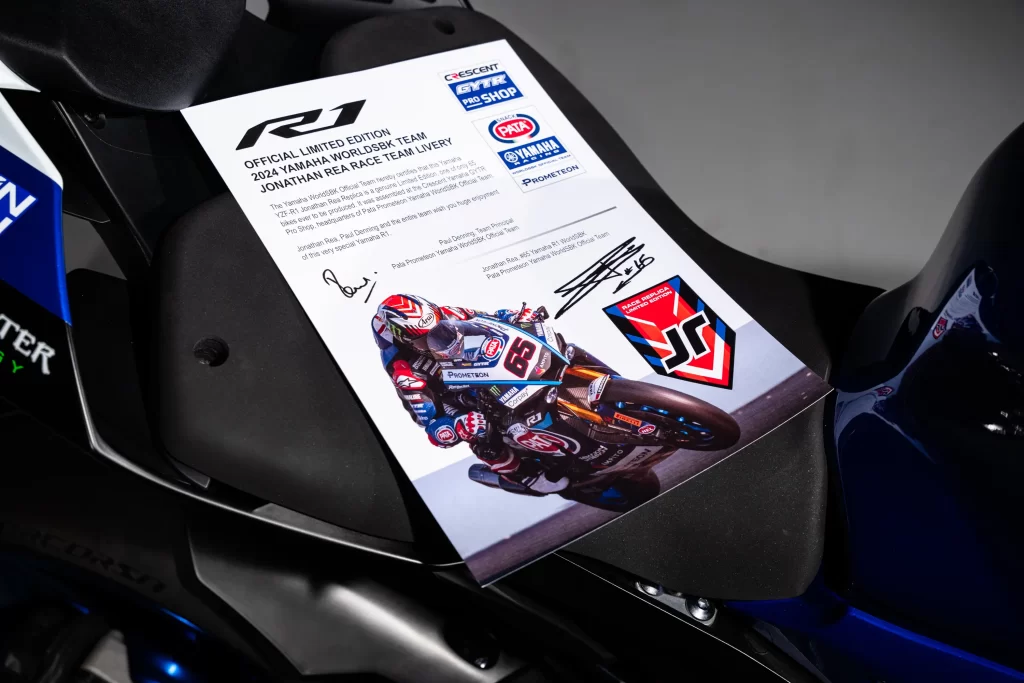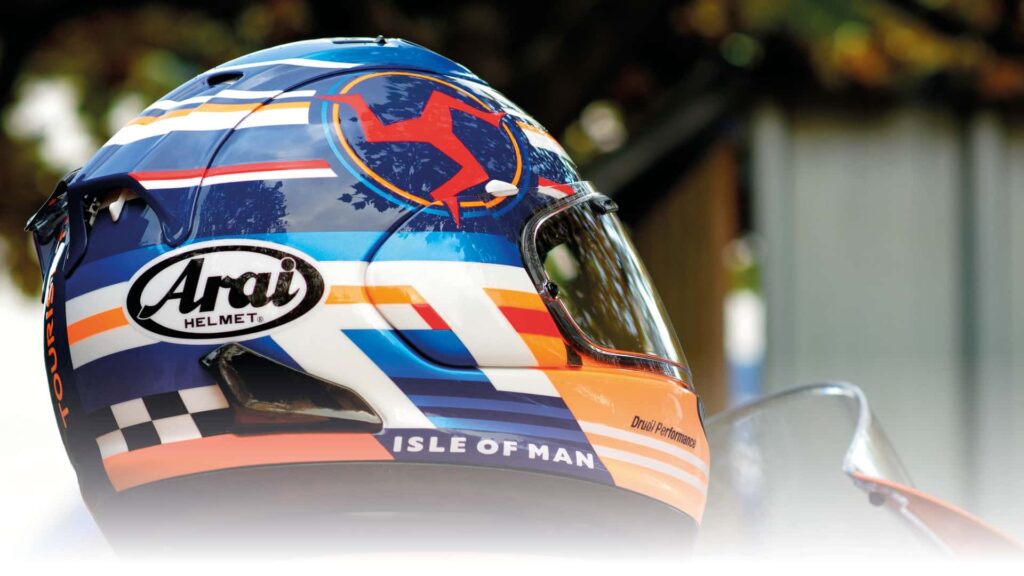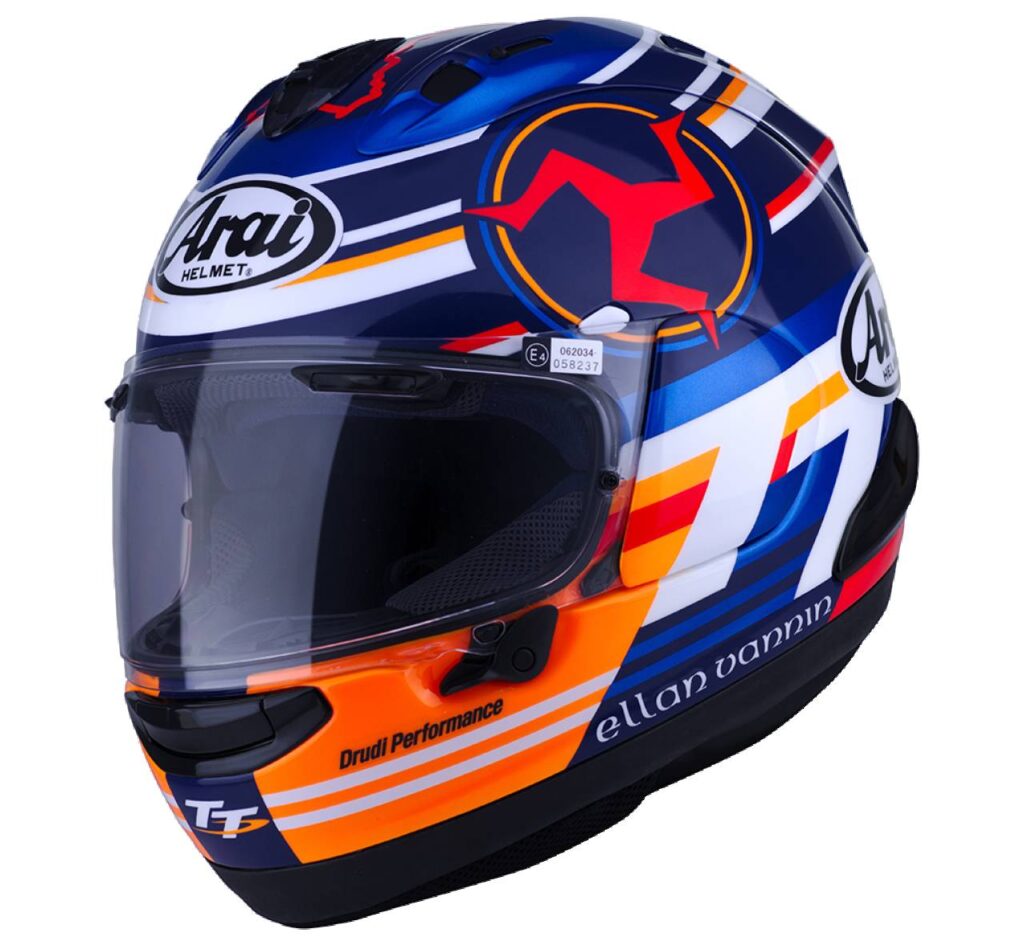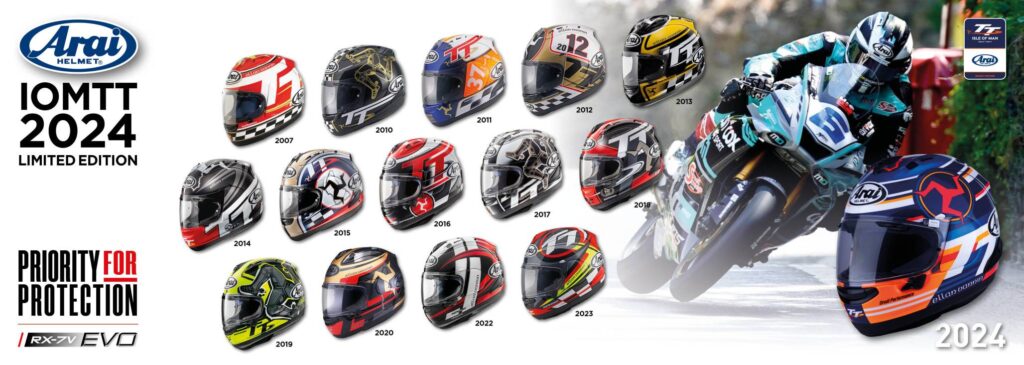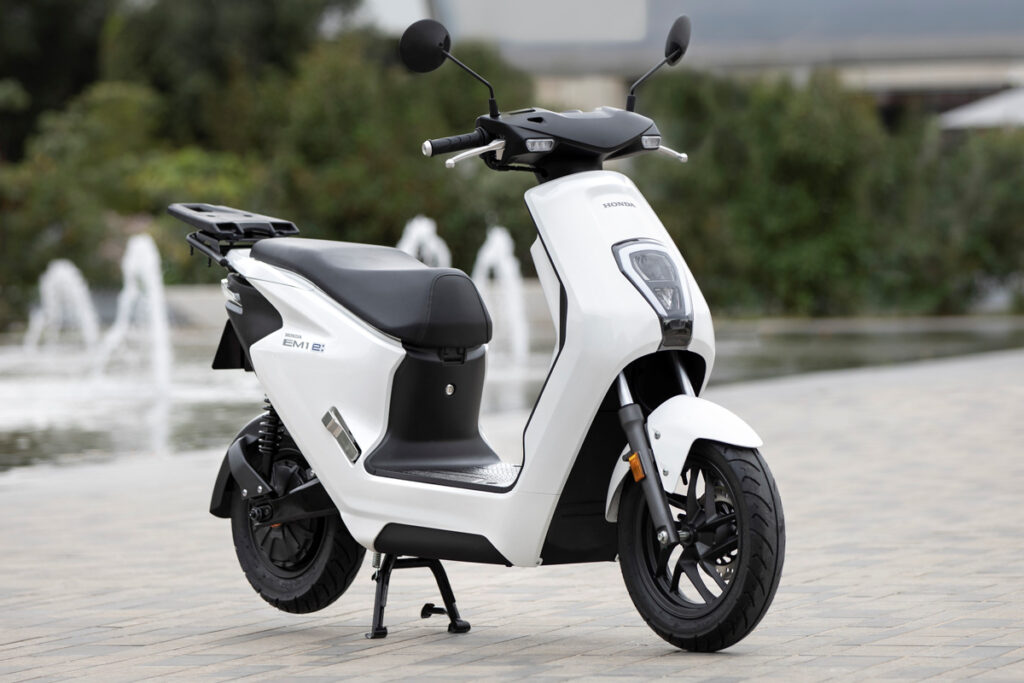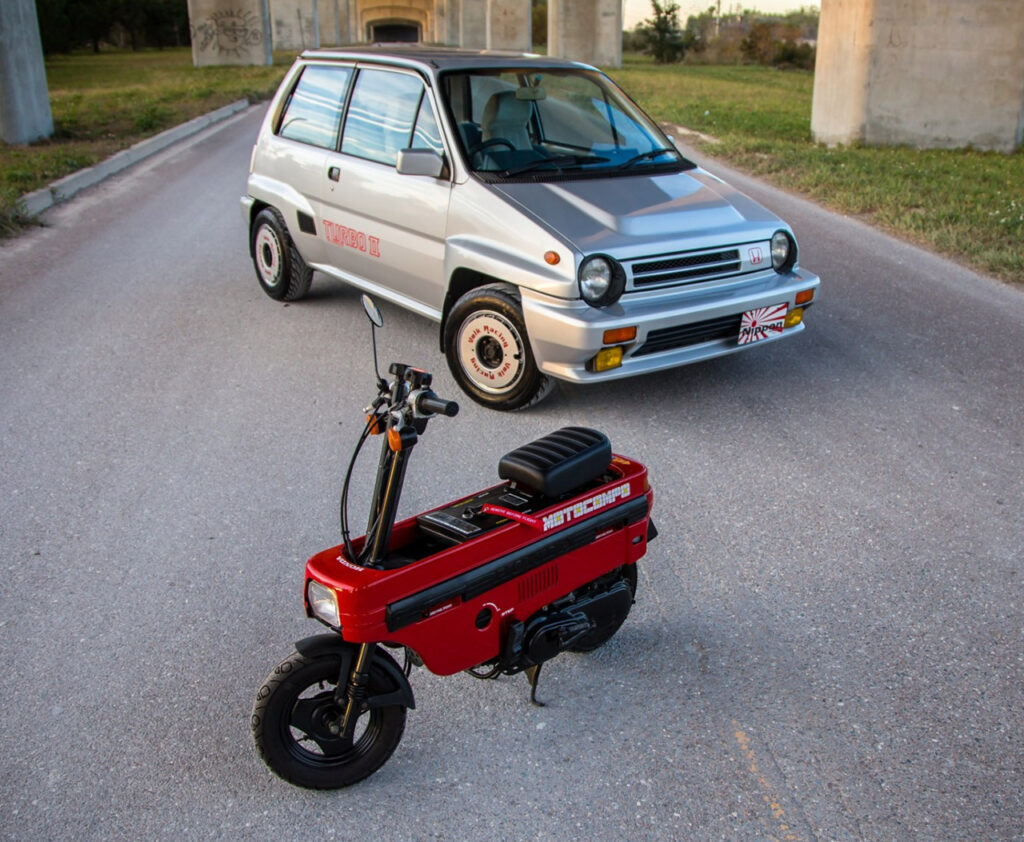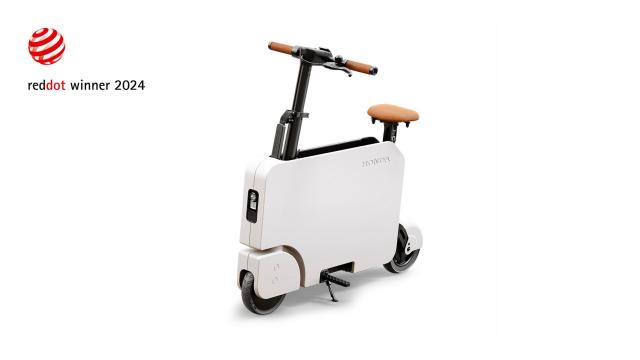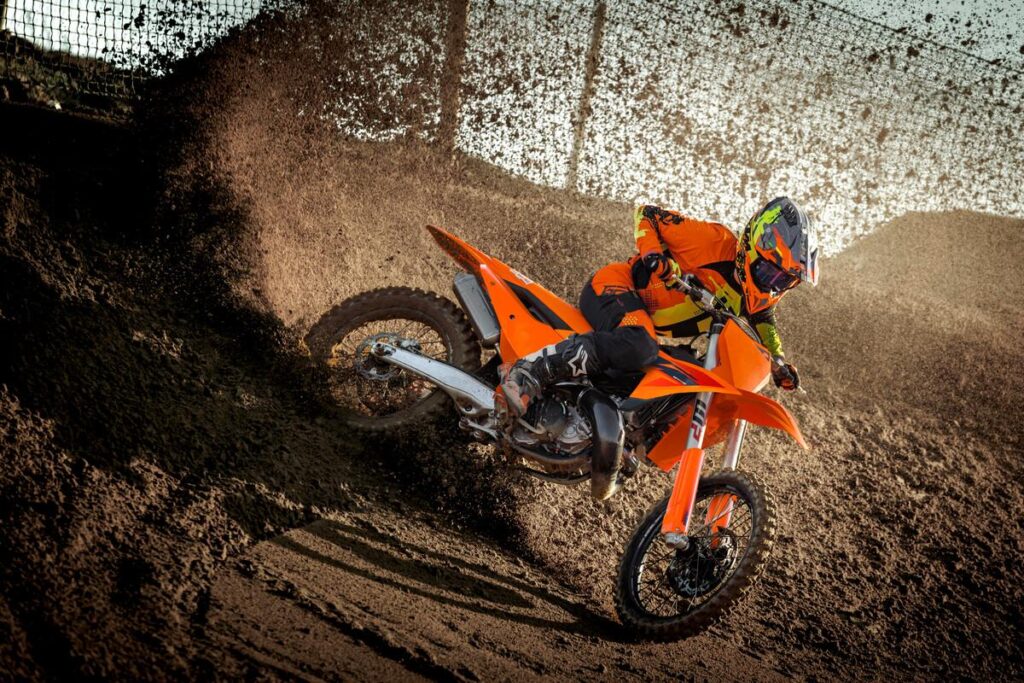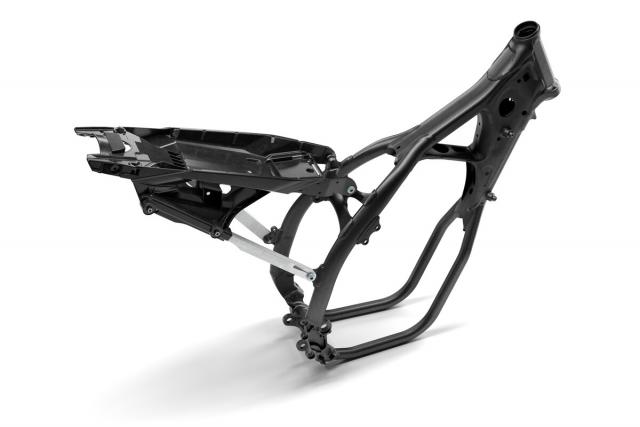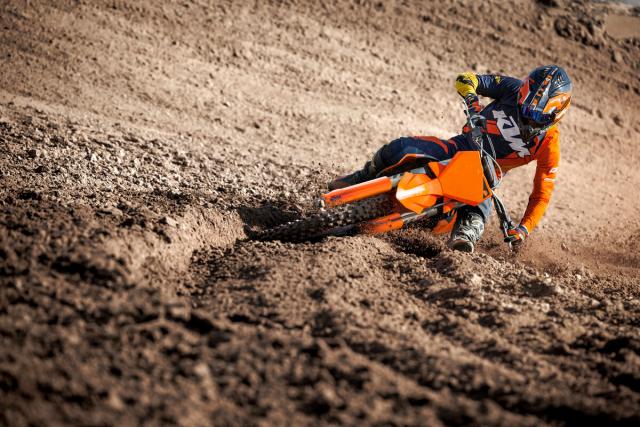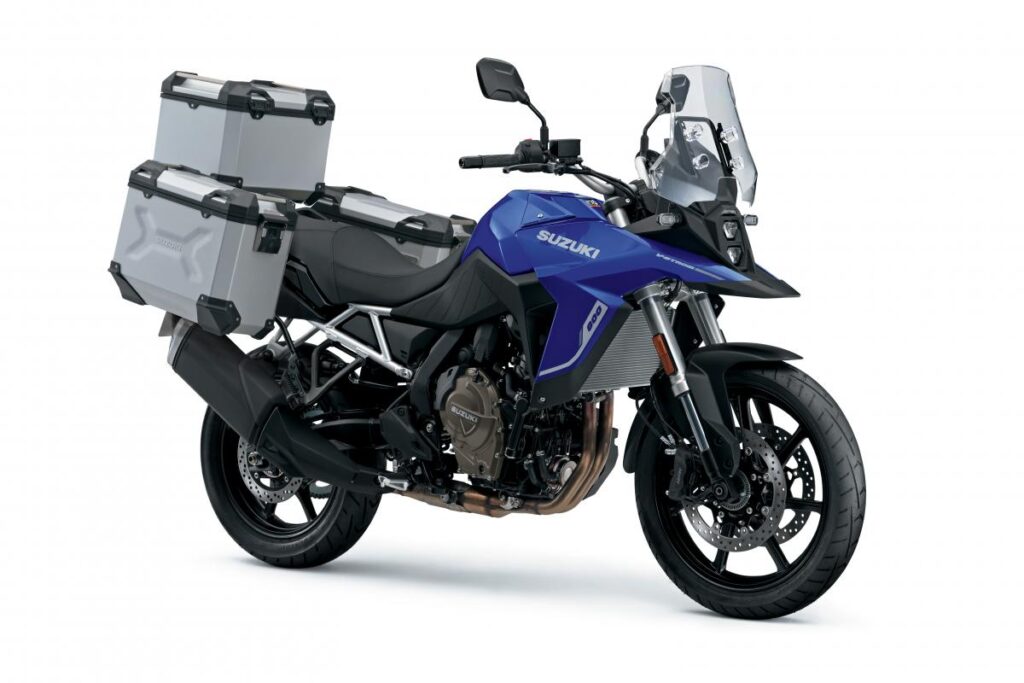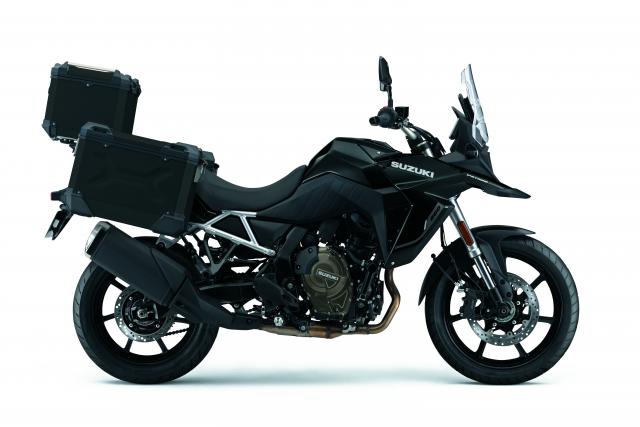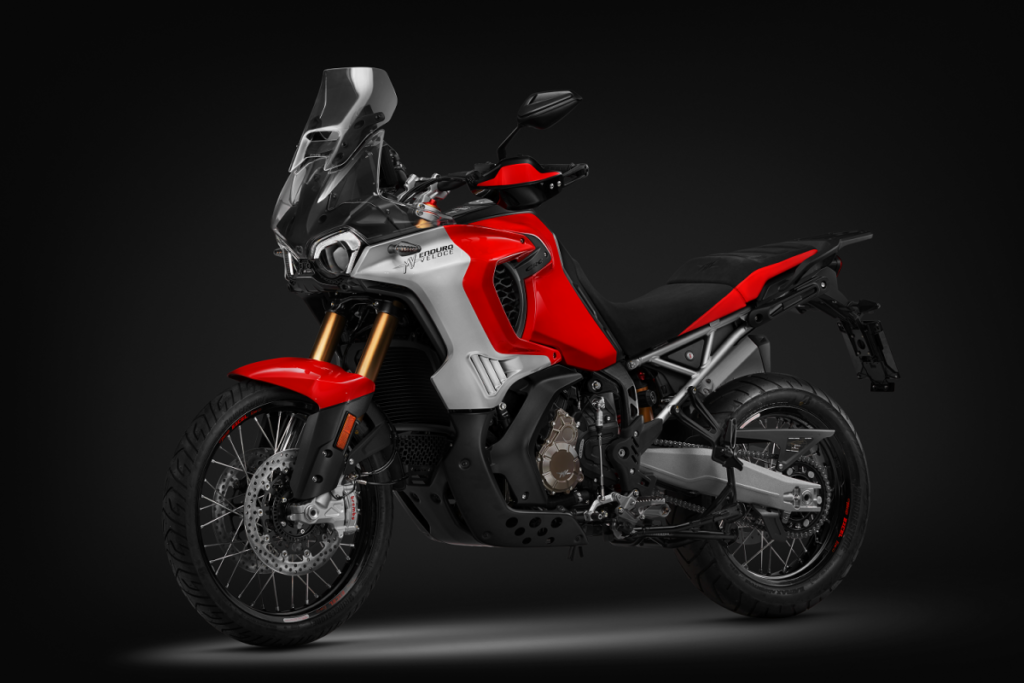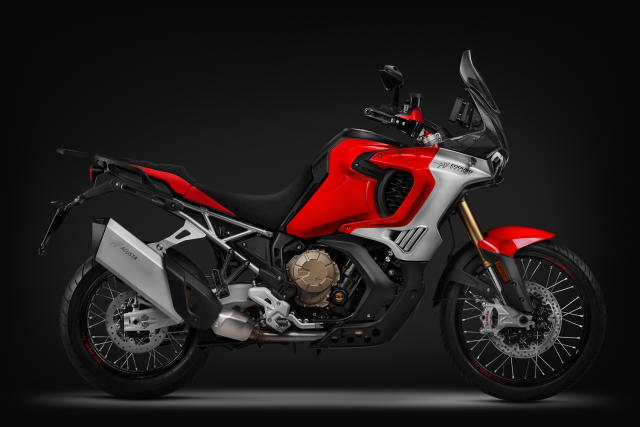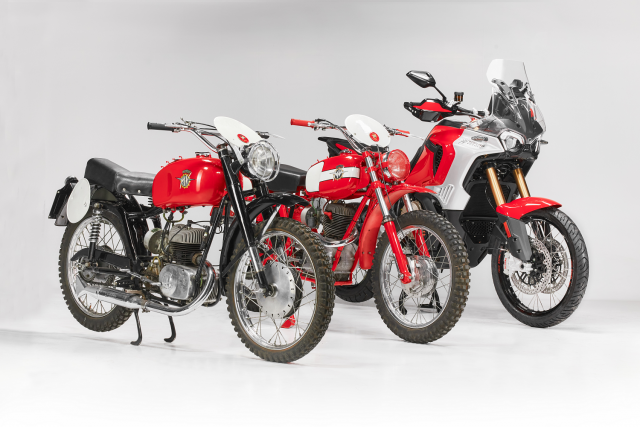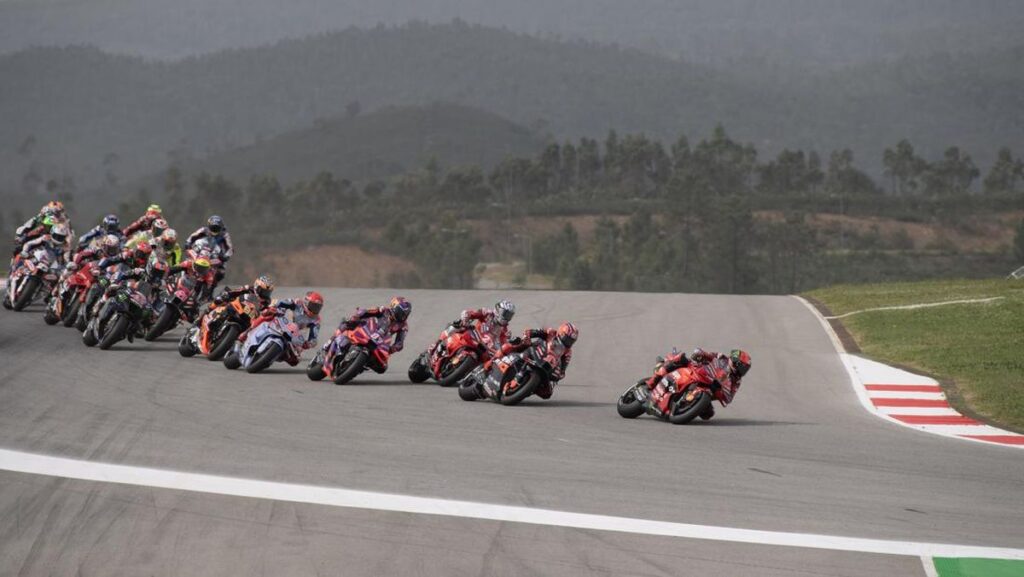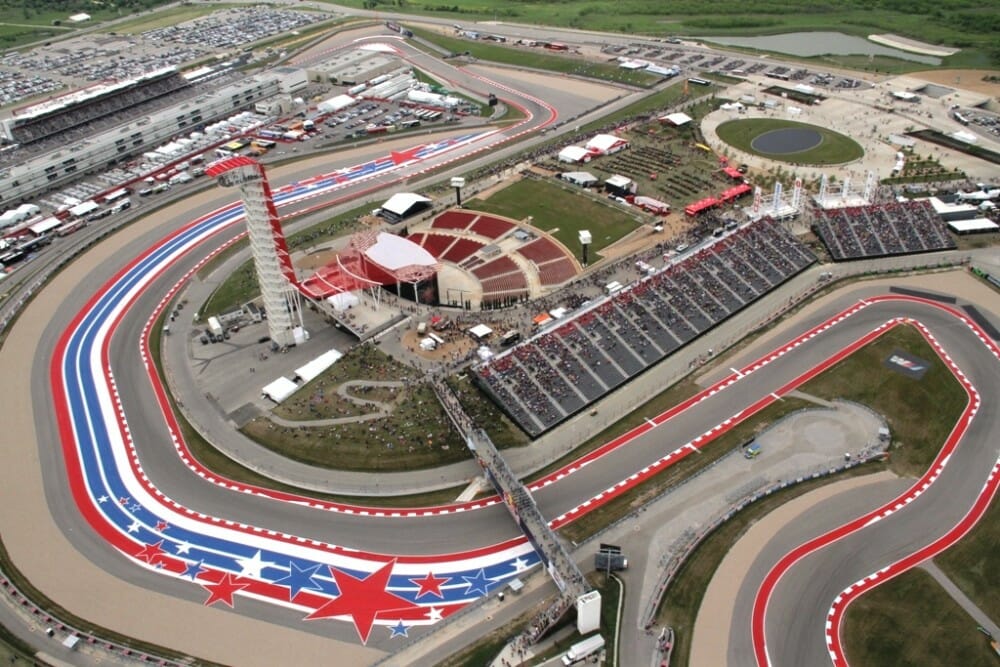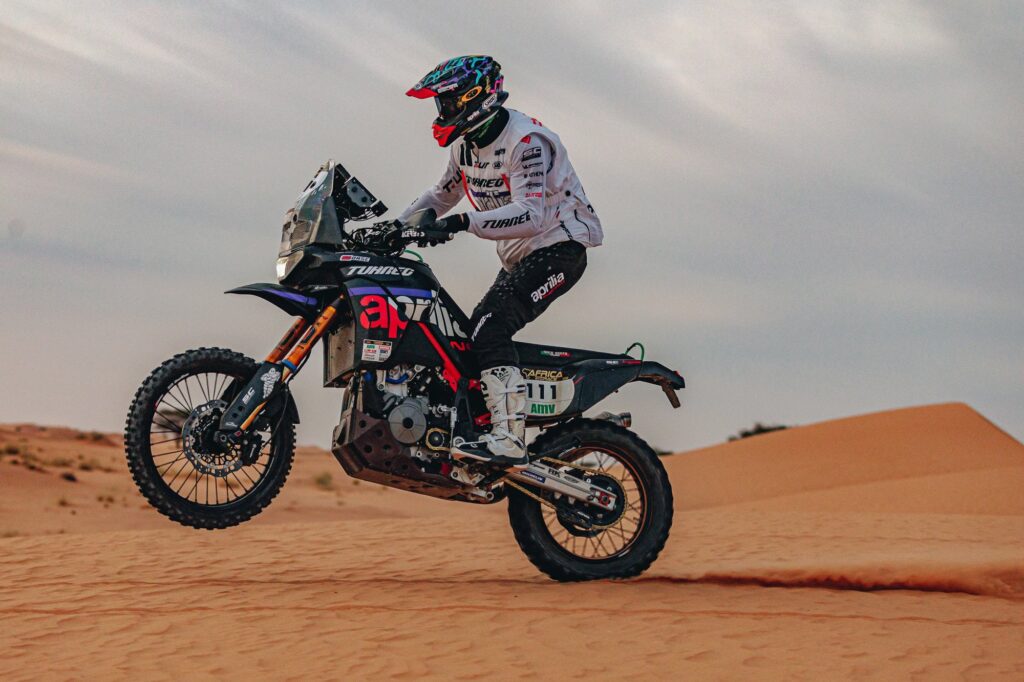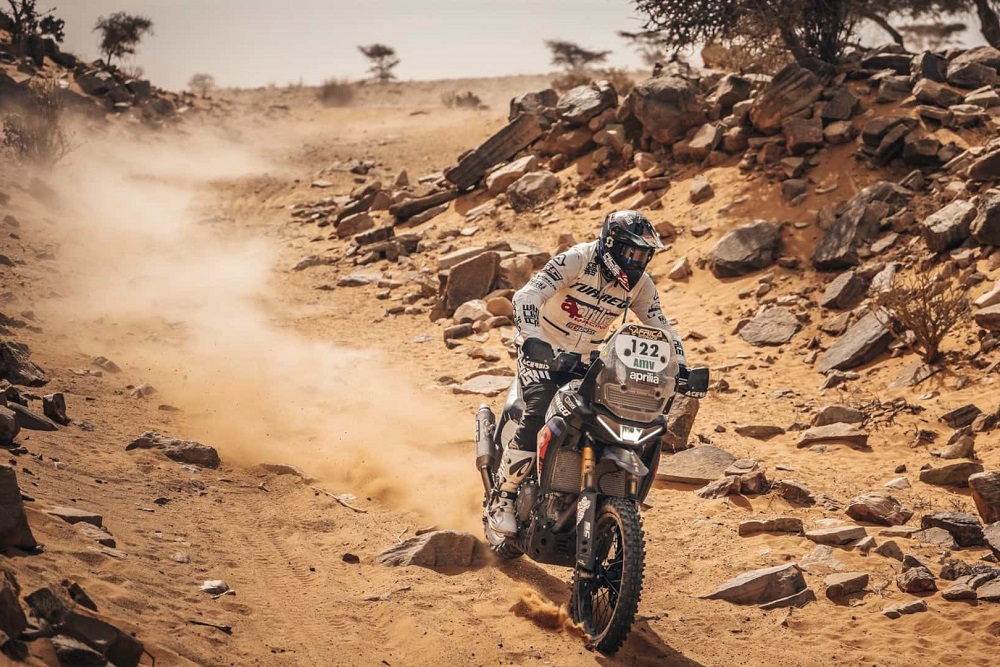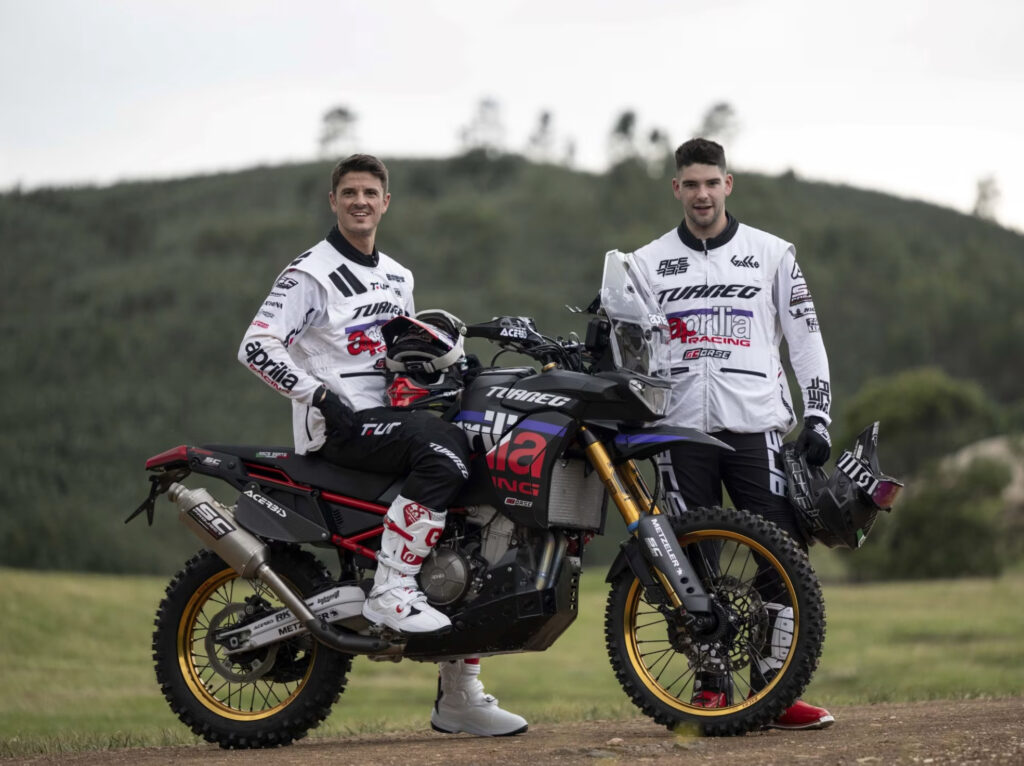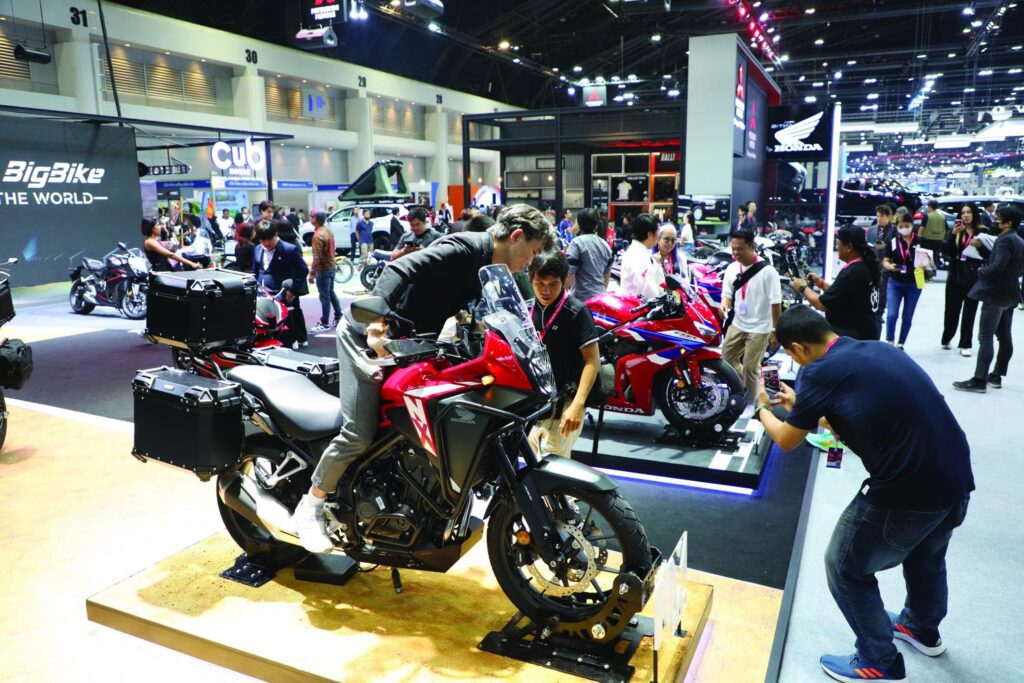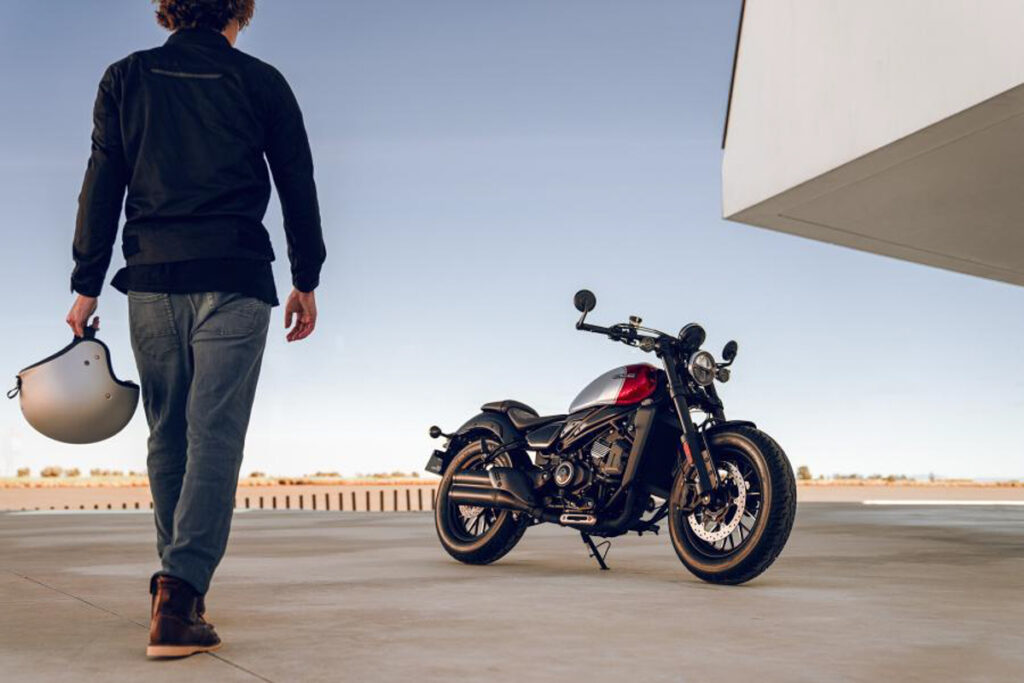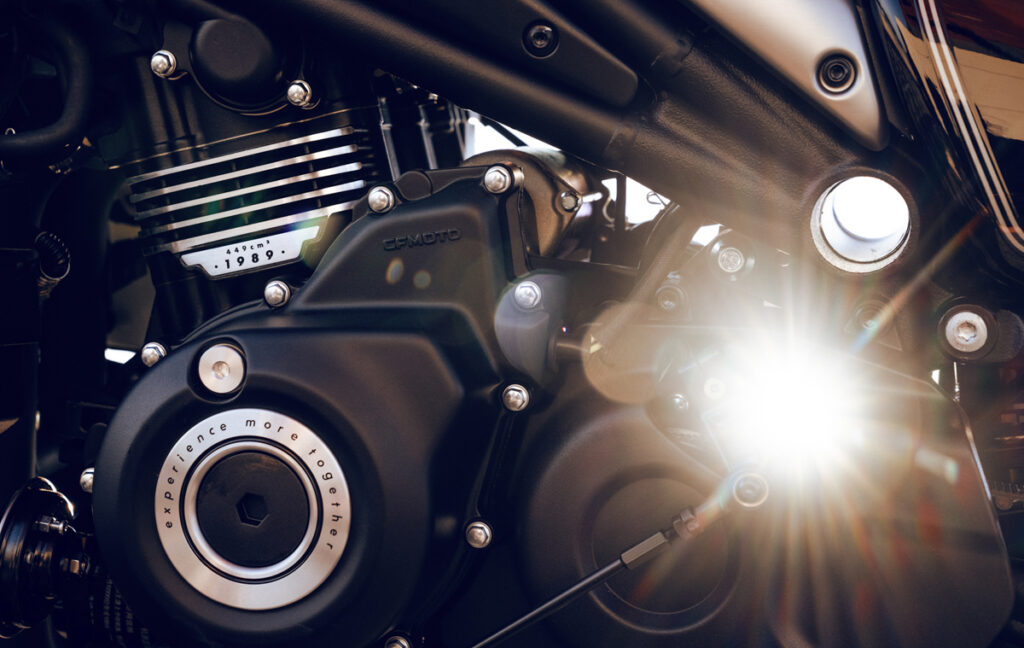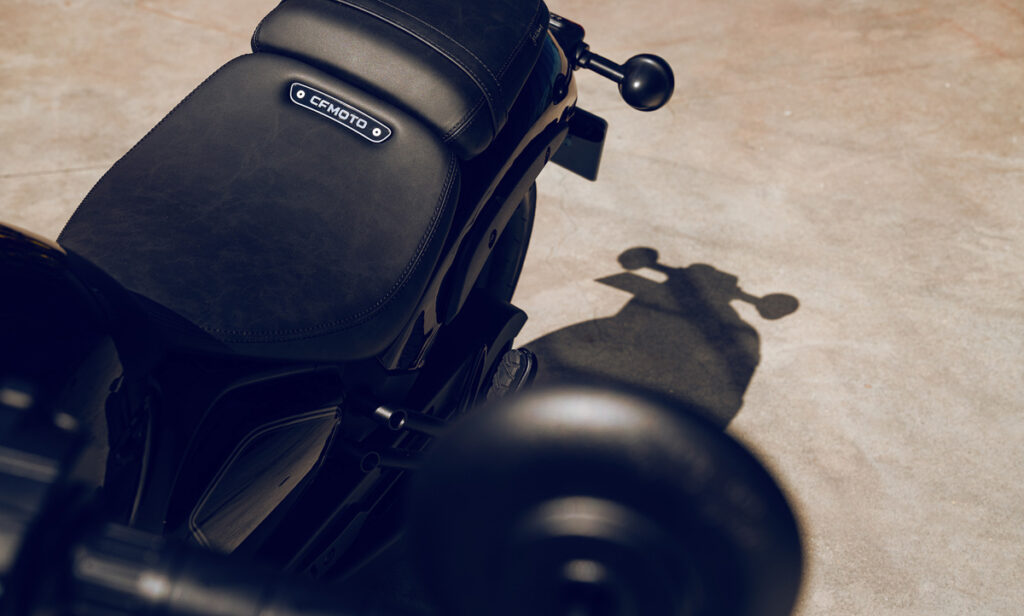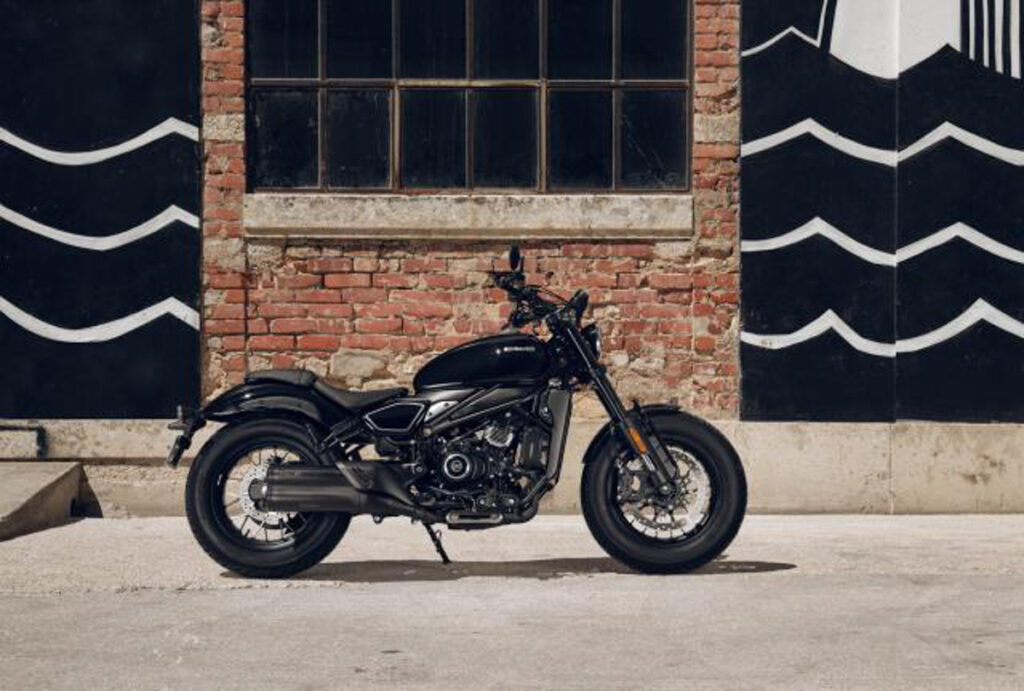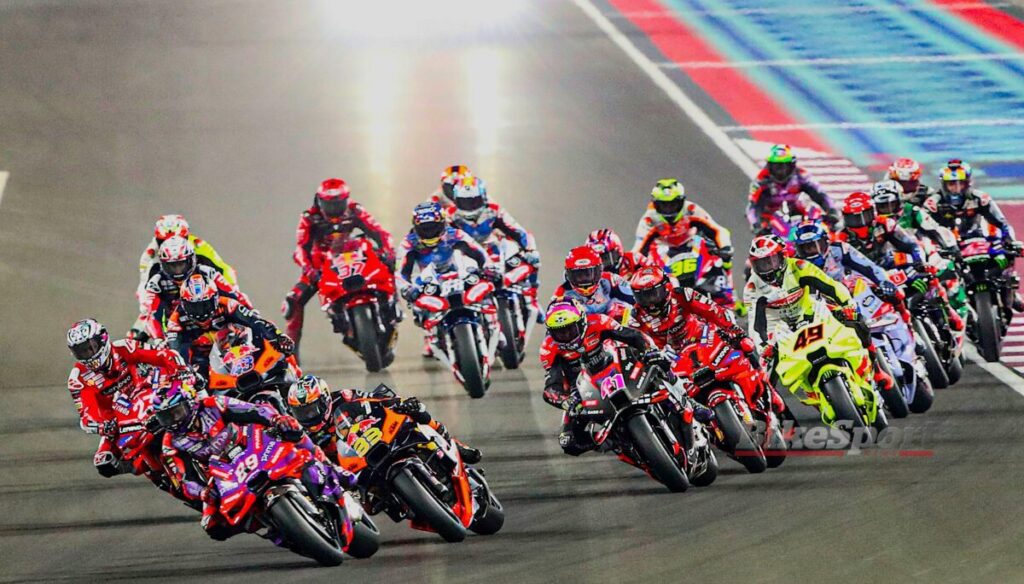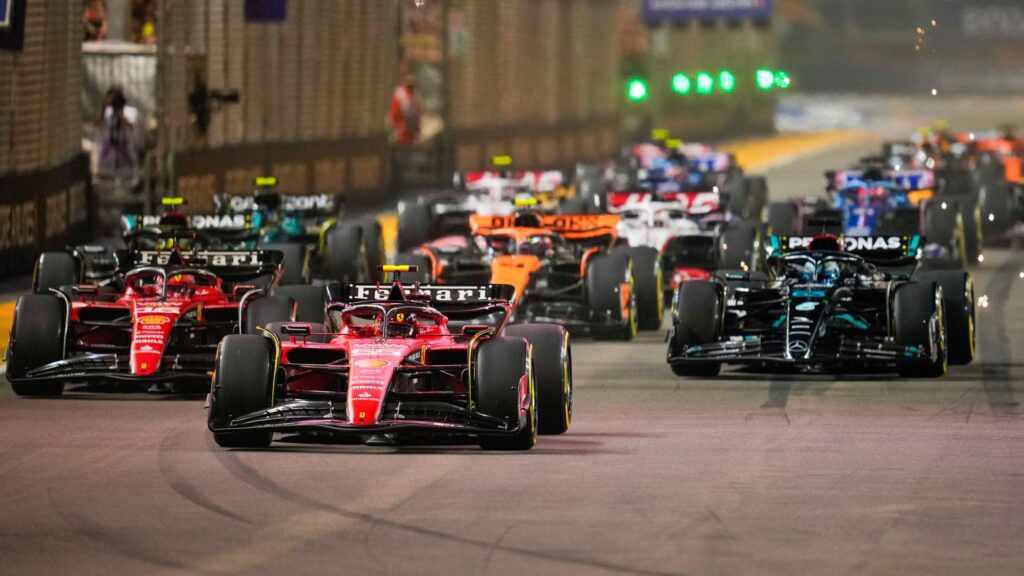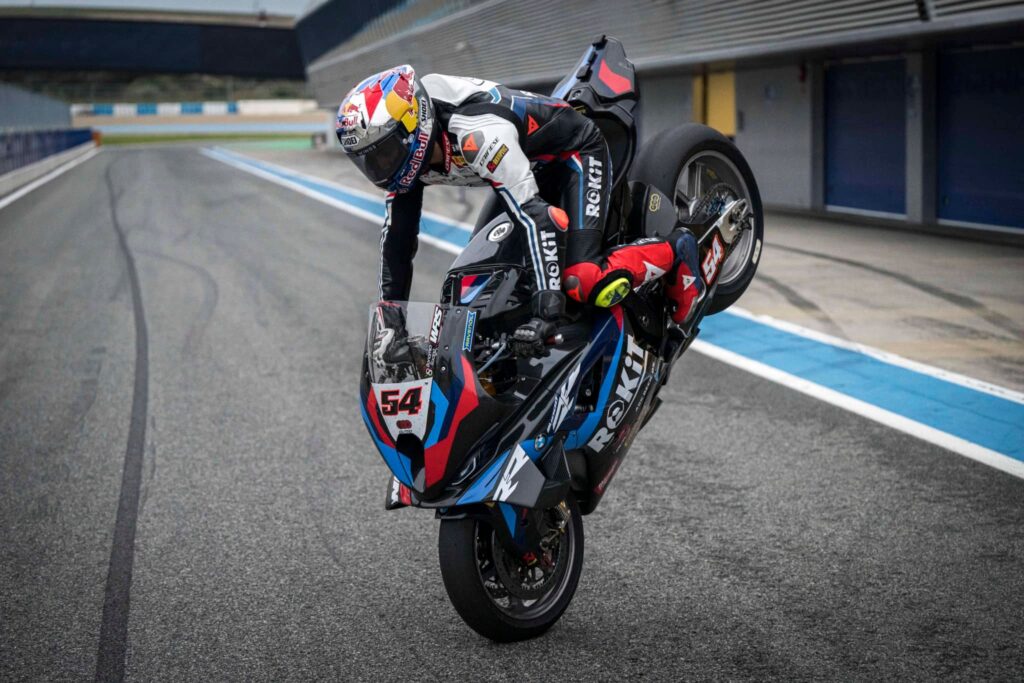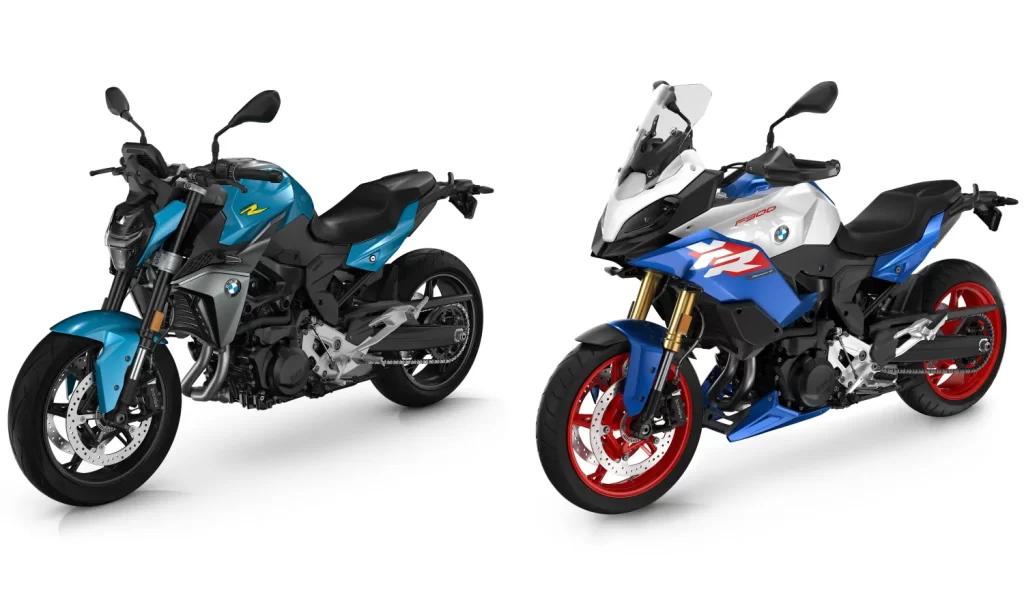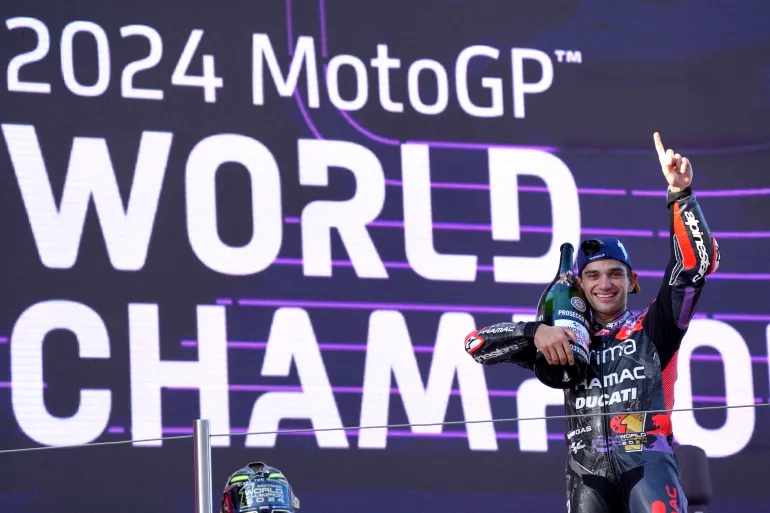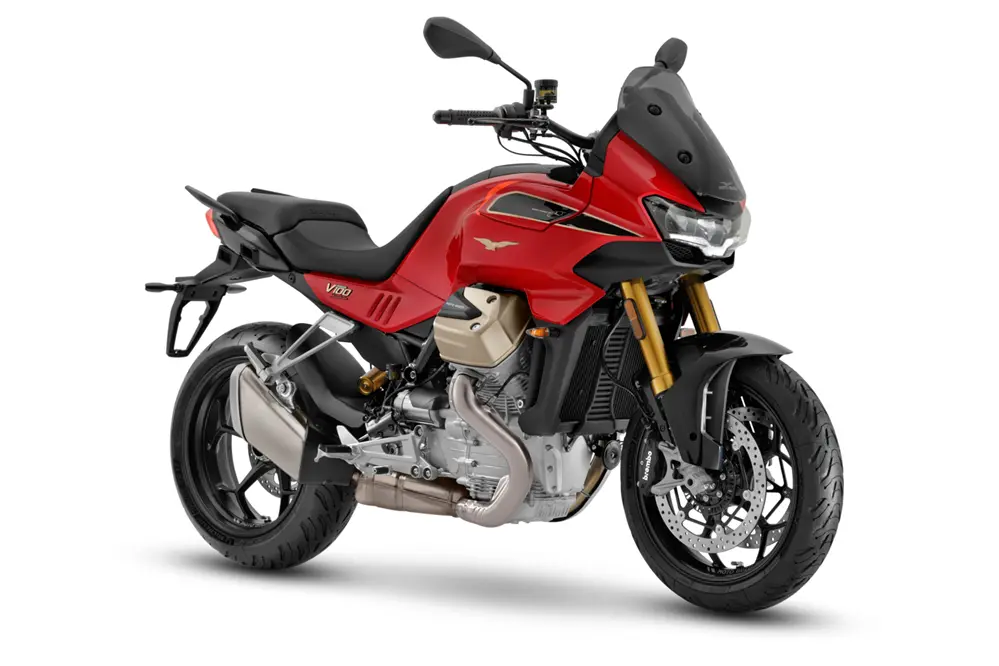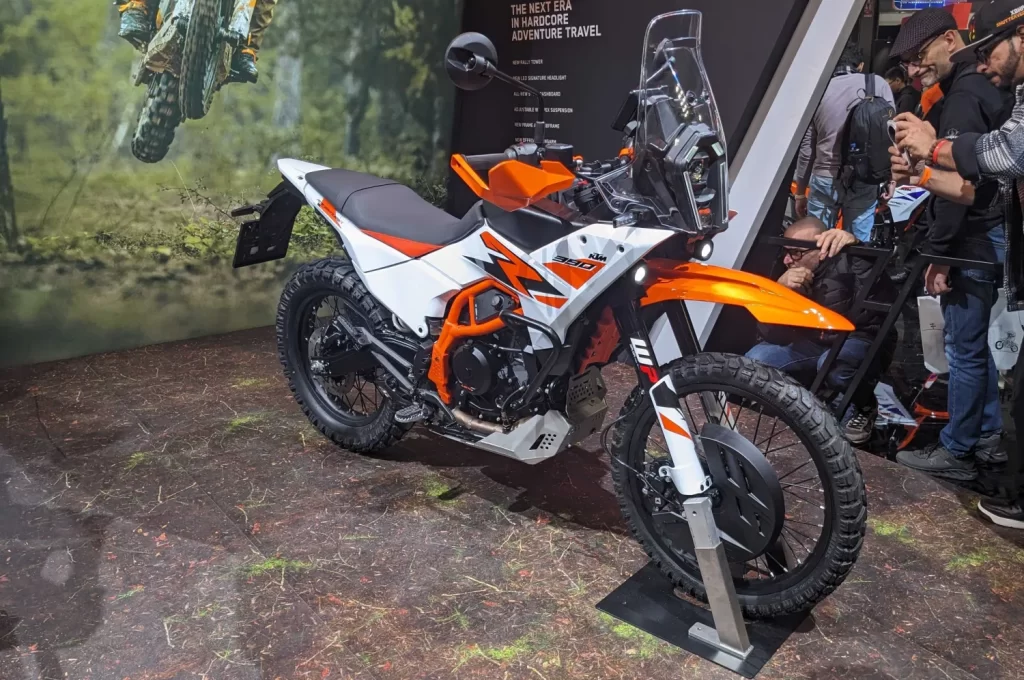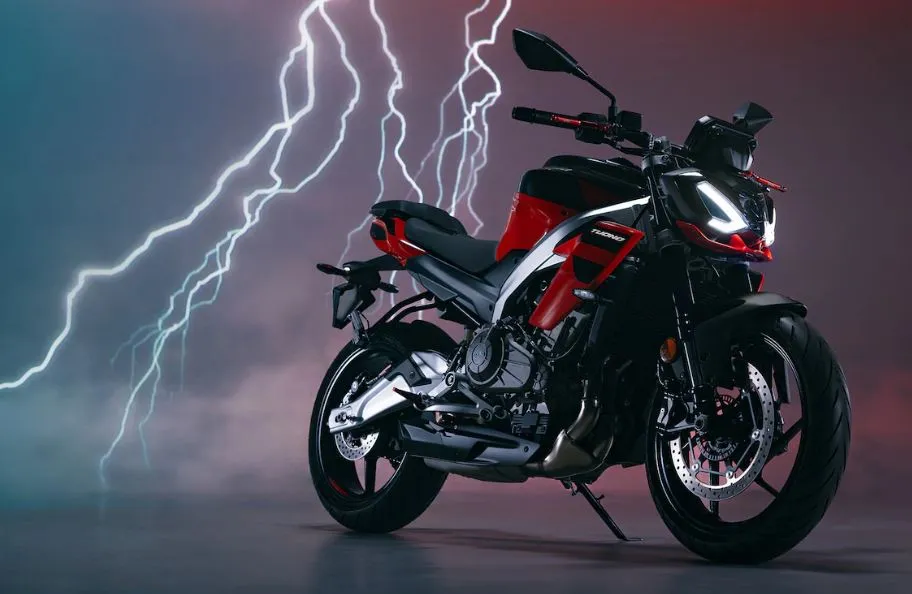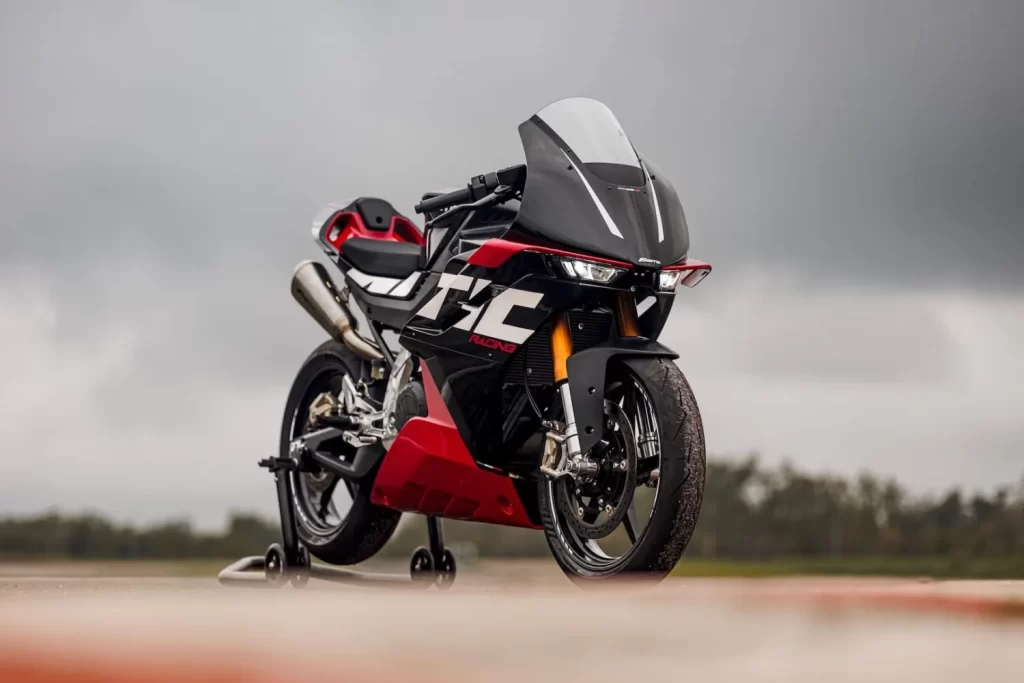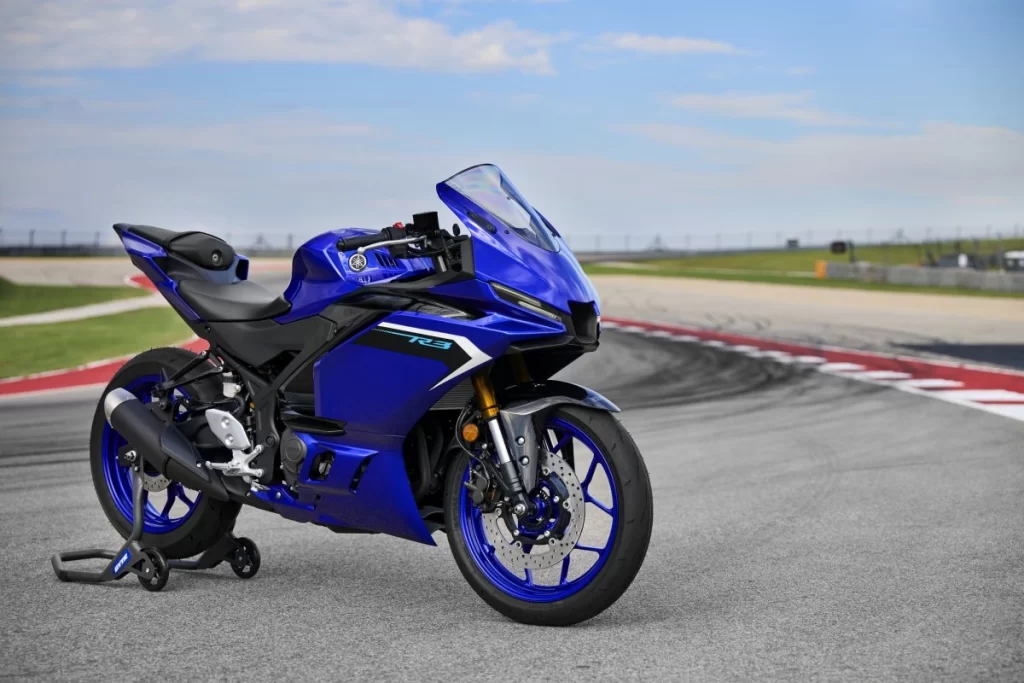We love race replica motorcycles. We love rare race replica motorcycles even more. We would probably go to extraordinary lengths to get one, even if means we have to eat nothing but tapioca for the rest of our lives. This kind of passion is difficult to understand for many but, one look at this Yamaha YZF-R1 Jonathan Rea Replica and you would understand why.
It commemorates Jonathan Rea’s move to Yamaha from Kawasaki. The six-time WSBK champion made the surprising move beginning this year’s season, after the 2021 champion Toprak Razgatlioglu vacated the spot. Rea must have seen the strengths of the R1 in Toprak’s hands when it beat him that season.
The Yamaha YZF-R1 Jonathan Rea Replica is not just some fancy paint job you can get at the shop around the corner. There are so many performance goodies underneath. These include an Akrapovic exhaust system, Marchesini forged-aluminum wheels, Öhlins TTX fork cartridge kit, Öhlins NIX rear shock, and an adjustable steering damper.
You may also upgrade the front brakes to racing Brembo GP4RX calipers and T-Drive discs, for an additional price, of course. Another option is the Garage Pack which includes GYTR front and rear stands, a bike mat, and a custom Jonathan Rea bike cover.
Crescent Yamaha says that the Yamaha YZF-R1 Jonathan Rea Replica is available for worldwide shipping. There are only 65 of these that will be made, corresponding to Rea’s race number. You just need £29,995 and it will be yours. Oh, it is offered in the stealthy Winter Test colours, too.
Another thing that makes this replica super special is because 2024 is the last year of road production for the Yamaha YZF-R1.



